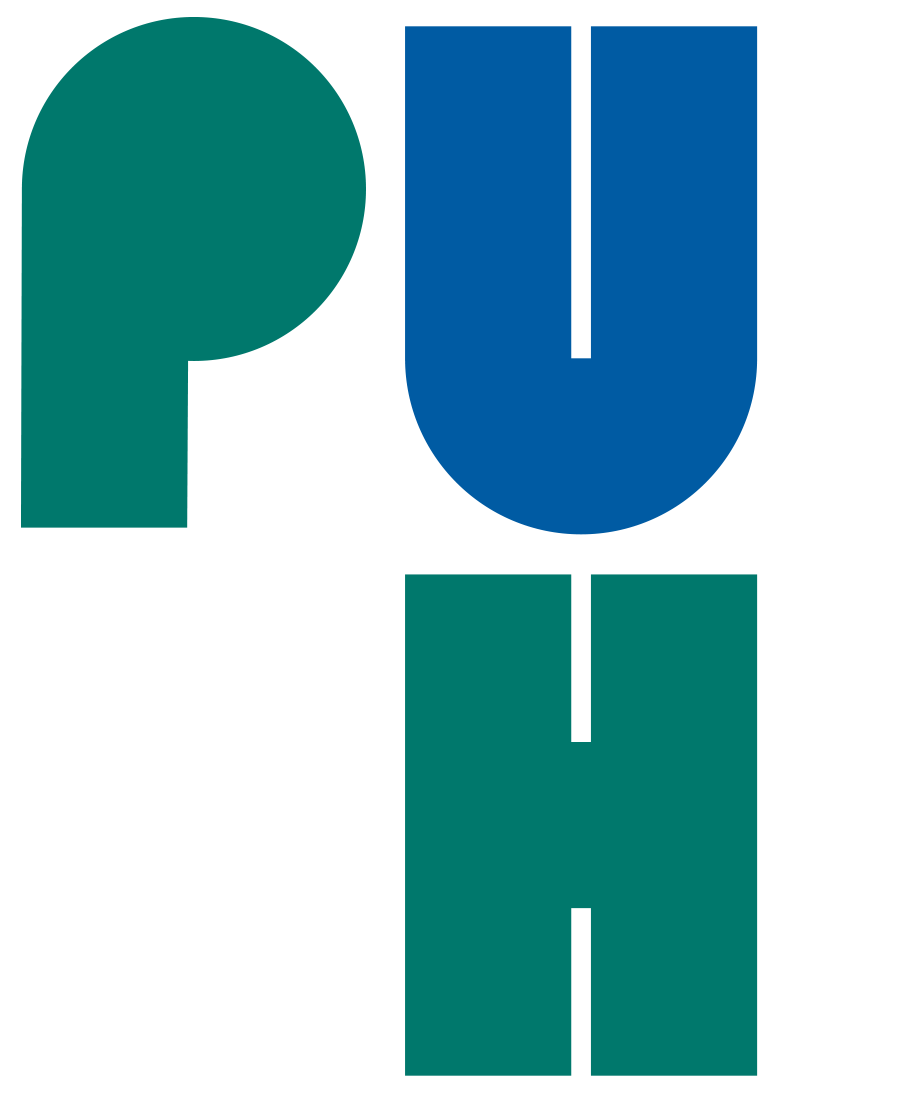Post-pandemic B2B Sales in the Nordics – Finding the New Normal
- Differ
- Nov 13, 2022
- 4 min read
Updated: Oct 23, 2023
Based on a Nordic survey and project experiences, Differ offers a framework for finding the post-pandemic “New Normal” in B2B interactions. Our findings indicate that the future will be one of more differentiated modes of interaction, where digital becomes the norm and exception are given for introductory meetings, complex discussions and negotiations, as well as creative sessions, which all will favor physical proximity.

As we are now hopefully approaching the end of the pandemic, or at least entering a phase without severe restrictions on physical interaction, B2B Sales organisations can look back and reflect on two very special years. They were all forced to shift to 100% remote sales practices in March of 2020, and have been on a bumpy road since then. Official restrictions have been lifted and then reintroduced, and their customers’ policies for on-site visits have changed several times.
In 2020, several leading global consulting firms performed studies on how B2B firms had handled this shift, and how they envisioned the long-term impact of the pandemic on B2B interactions. The results indicated that we are now experiencing a real game-changer for B2B sales.
“The results indicated that we are now experiencing a real game-changer for B2B sales.”
The majority of customers stated that they now prefer digital interaction over face-to-face meetings, and the majority of sales executives said the new sales models are here to stay and the role of the field sales reps will be permanently altered.
A Differ survey
In late 2021, Differ Strategy set out to explore the local situation with large Nordic B2B sales organisations, in order to validate the global survey findings. Participant firms represented sectors ranging from heavy industry to business services, but they all had sizeable field sales operations and relied heavily on face-to-face customer meetings before the pandemic.
Findings
In short, the findings from our local study were less dramatic. All participating firms had managed the rapid transition to digital customer interactions without major disruptions, and the impact on sales performance was less severe than many respondents (sales executives) had feared. The main reason why Nordic firms managed the transition more smoothly than in other geographies probably lies in the high digitization of B2B interactions even before the pandemic. Driven by low population density, good broadband coverage and efforts to reduce car travel for environmental reasons, the B2B interaction landscape was already partly remote and the transition easier than in other regions.
However, the views and attitudes from Nordic executives concerning digital sales going forward are not as positive as the global studies would imply. Respondents all agree that the “New Normal” will include a larger share of remote interaction with customers, but the general view is that both sellers and buyers still will prefer physical meetings for a significant share of their interactions. They see a need to be more granular in the future when we design B2B interactions.
“They see a need to be more granular in the future when we design B2B interactions.”
Based on the respondents’ input and Differ’s project experience, a “heat map” model was developed that could facilitate a discussion on “New Normal” scenarios for a certain industry vertical or individual firm. The model distinguishes between meetings with different purposes, complexity in content, in different part of the sales/purchase process and with different counterparts.

For sales executive filling out the heat map, it is important to separate where the selling party wants to have physical meetings, and where the customers will allow them to be physical. The heat map should show the overlap between the preferences of the two parties, and thereby be more realistic as a scenario for the New Normal.
Generally, physical B2B interaction is likely to prevail more in the following situations:
|
Of course, individual customer firms and counterparts will differ from these principles, but the results of a heat map exercise can guide B2B sales organisations in how they should organise and equip their field sales, project management and support organisations.
More importantly, it will also identify the areas where your digital capabilities need to be strengthened to remain competitive. Digitally-enabled B2B marketing concepts like Account Based Marketing, Marketing Automation and Trigger-Based Marketing blur the lines between marketing and sales, and modern eCommerce functionality can cover more diverse and complex offerings than before.
To accelerate the digital transformation, sales organizations also need to be empowered through updated skills, governance and digital tools. Digital meetings require better preparation and relevant content than physical ones. Sales rep profiles will need to become more specialists and less generalists, as product experts / sales support can be pushed to the digital front lines. Reps also need to be better supported by customer insights to produce relevant meeting content. Today, insights can be created e.g through linking CRM data with publicly available customer intelligence, and adding IoT data from the customer operations.





